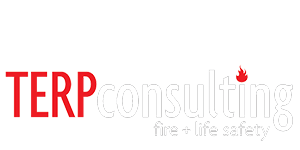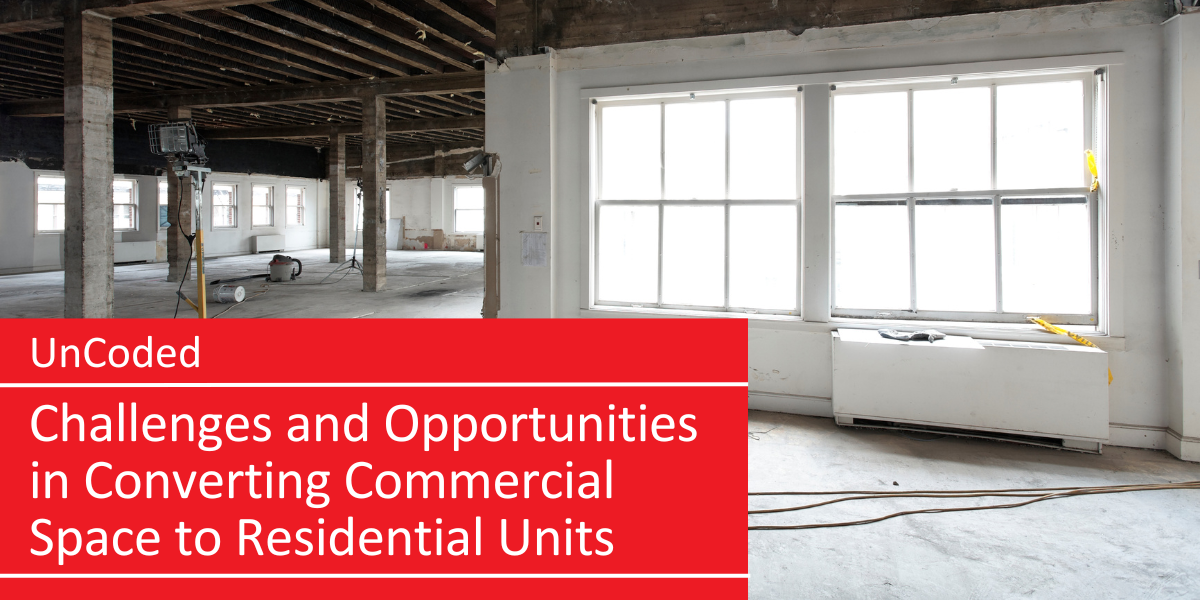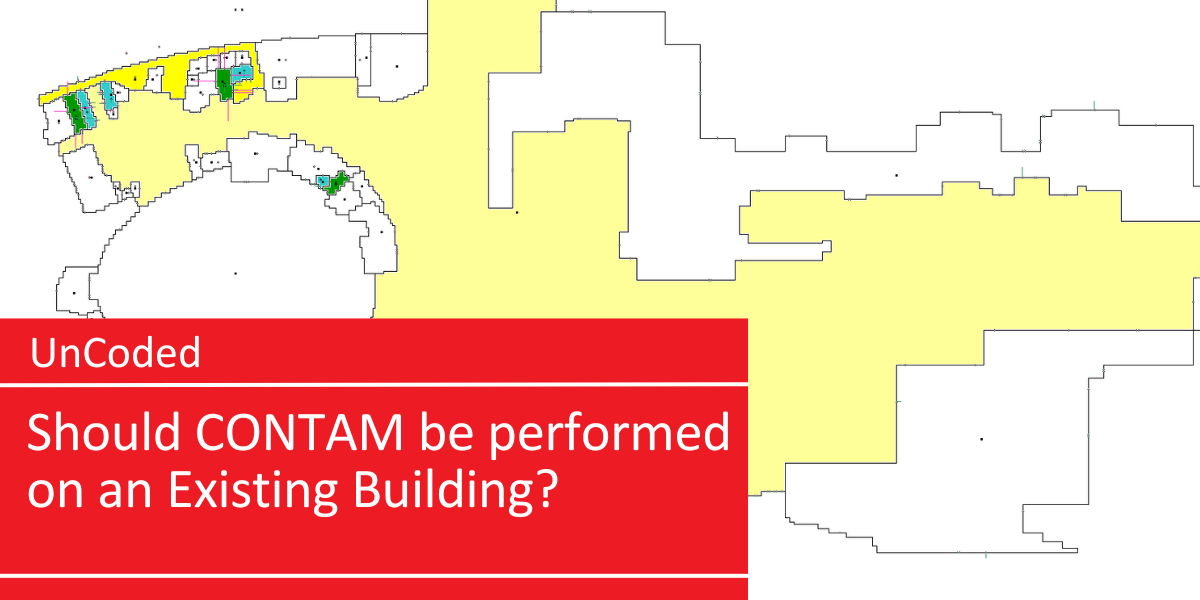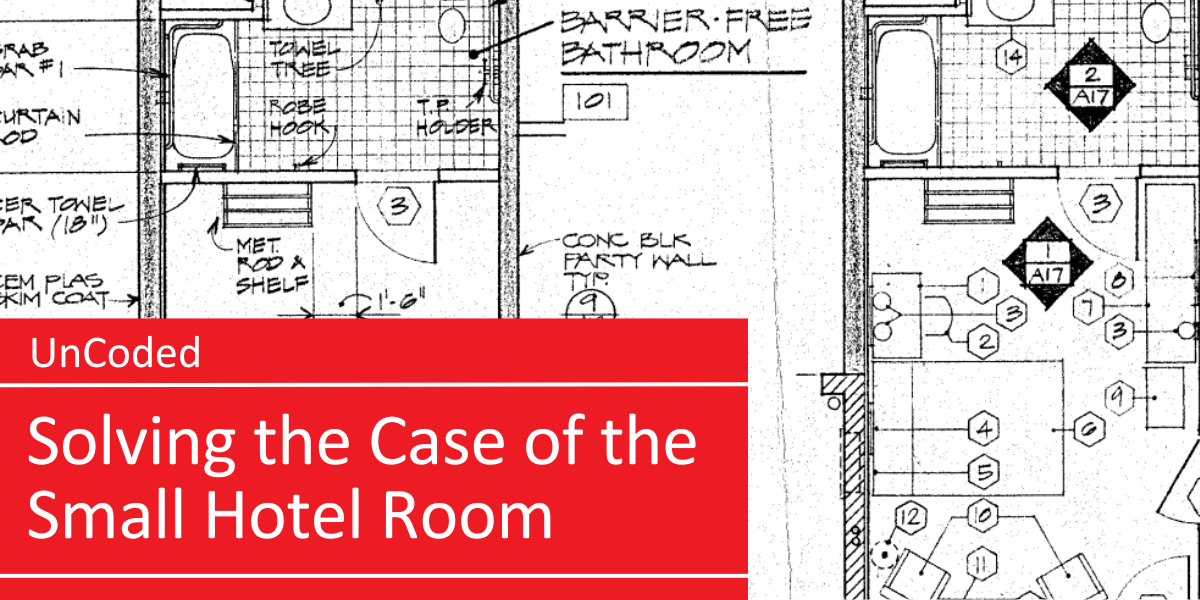National Fire Protection Association Finds Folly With Foam
About This Project
The National Fire Protection Association (NFPA) has recently made significant moves to the aviation industry’s ground game. Last fall NFPA’s Technical Committee on Airport Facilities voted to approve groundbreaking changes to NFPA 409 — Standard for Aircraft Hangar (2022 edition) regarding foam fire suppression systems in aircraft hangars.
 More specifically, NFPA decided that unwanted fire suppression system activations in aircraft hangars warranted a thorough review. A huge spotlight on this topic came about because of a 2021 University of Maryland (UMD) study, “Review of Foam Fire Suppression System Discharges in Aircraft Hangars.” The UMD study revealed a major surprise. The study dispelled the long-held belief that fuel spill-related fires are a major hangar hazard. The study also brought to light two disturbing facts – nearly all-foam system discharges were unintended, and even worse, they’re occurring with increasing frequency. The study was instrumental in supporting significant changes to the Standard.
More specifically, NFPA decided that unwanted fire suppression system activations in aircraft hangars warranted a thorough review. A huge spotlight on this topic came about because of a 2021 University of Maryland (UMD) study, “Review of Foam Fire Suppression System Discharges in Aircraft Hangars.” The UMD study revealed a major surprise. The study dispelled the long-held belief that fuel spill-related fires are a major hangar hazard. The study also brought to light two disturbing facts – nearly all-foam system discharges were unintended, and even worse, they’re occurring with increasing frequency. The study was instrumental in supporting significant changes to the Standard.
The UMD study looked at 174 total foam discharge incidents from 2004 to 2019. Over a 16-year span, 137 foam discharge incidents were accidental, while only 37 incidents were in response to fire, and none involved a fuel spill. According to the study, on an annual basis, there are 3.7 times the amount of accidental foam discharges compared to actual fire response discharges. While the suppression efficacy of justified foam discharges is insurmountable, the damage associated with each discharge, whether accidental or justified, averages on the low side at about $743,000 per incident. This cost approximation does not account for cleanup, disposal of foam, damage to aircraft, void of manufacturer warranties on key aircraft components, etc.
In their study, UMD researchers identified the causes of accidental foam discharges. Two-thirds of the cases were caused by “suppression system failure,” while human activities caused nearly 9% of the inadvertent discharges. Each of these accidental malfunctions caused the discharge of a significant amount of aqueous film-forming foam (AFFF). This not only involves a messy and arduous clean-up but can be quite costly as noted above.
 Firefighters use AFFF to extinguish fires involving flammable and combustible liquids. For many years, NFPA 409 called for AFFF to be the safety standard for fire suppression in aircraft hangars in case of fires resulting from fuel spills. “The code intent is to provide an appropriate fire suppression design for hangars where aircraft are stored, maintained, and repaired,” explained Jeff Halpert, PE, a senior fire protection engineer at TERPconsulting. “The presumption being that a fuel leak from the aircraft could result in a fire which would necessitate foam for fire suppression.”
Firefighters use AFFF to extinguish fires involving flammable and combustible liquids. For many years, NFPA 409 called for AFFF to be the safety standard for fire suppression in aircraft hangars in case of fires resulting from fuel spills. “The code intent is to provide an appropriate fire suppression design for hangars where aircraft are stored, maintained, and repaired,” explained Jeff Halpert, PE, a senior fire protection engineer at TERPconsulting. “The presumption being that a fuel leak from the aircraft could result in a fire which would necessitate foam for fire suppression.”
Aircraft may have fuel on board; however, in many cases, particularly in Group II hangars, which are defined as mid-size hangars catering to business aviation, fuel is not otherwise stored or transferred in the hangars. Accordingly, the most challenging fire suppression condition anticipated is a fuel leak from a stored aircraft. Yet contrary to long-held beliefs, fuel leaks are extremely rare, as exposed by the UMD study. “The NFPA 409 technical committee recognized that the lack of fuel fire spills within aircraft hangars, the potential for inadvertent discharge, and the concern of the environmental impacts of firefighting foams (e.g., AFFF) warrant the foam removal,” said Halpert.
“In the past, for large hangars, foam was the only fire protection method prescribed by NFPA 409,” explained FM Global Operations Chief Engineer Matthew Daelhousen, who is chair of the NFPA 409 technical committee, during an interview earlier this year with Angelo Verzoni, associate editor of National Fire Protection Association Journal.
Prior to 1985, NFPA 409 required both Group I and II hangars to be protected with water deluge systems. In the 1985 edition of NFPA 409, the requirement for Group I hangars, defined as large hangars housing commercial and military aircraft, was changed to require a foam-water deluge system while Group II hangars could have either a foam-water deluge system or a sprinkler system combined with a low-level foam system. In the 2001 edition, the requirements in NFPA 409 were revised to permit Group I hangars to have a choice between a foam-water deluge system or a sprinkler system combined with a low-level foam system. Changes to the 2022 edition of NFPA 409 allow for alternative methods for determining and defining hangar fire protection requirements.
In addition to inadvertent foam discharges, Daelhousen said another key reason the technical committee revised the code for Group II hangars was environmental concerns about AFFF. Recent research has shown that some firefighting foams used to combat fuel fires contain chemicals that can be harmful. AFFF is effective at fire suppression, but it utilizes a class of man-made chemicals called PFAS that have been used in industry and consumer products since the 1950s and can lead to adverse health outcomes and harm the environment. In particular, PFAS has been linked to testicular cancer, kidney cancer, impaired fertility, thyroid disease, and obesity.
 PFAS are called “forever chemicals” because they do not break down, accumulating over time. The Environmental Protection Agency (EPA) is looking closely at the effects of PFAS on public health and the environment and consequently is expected to draft new regulations. Several states have already banned or limited the use of PFAS-containing firefighting foam, including California, Colorado, Connecticut, Georgia, Kentucky, Michigan, Minnesota, New York, Washington, Wisconsin, and Virginia.
PFAS are called “forever chemicals” because they do not break down, accumulating over time. The Environmental Protection Agency (EPA) is looking closely at the effects of PFAS on public health and the environment and consequently is expected to draft new regulations. Several states have already banned or limited the use of PFAS-containing firefighting foam, including California, Colorado, Connecticut, Georgia, Kentucky, Michigan, Minnesota, New York, Washington, Wisconsin, and Virginia.
“I think there are some misconceptions about different types of foam, and which ones contain which chemicals, and which don’t,” Daelhousen told Verzoni during their interview. “But the push against foam in general in recent years, combined with the fact that alternative protection methods have emerged for hangars, created the perfect storm of factors to put this change into the 2022 edition.”
There are several solutions to consider if inadvertent foam discharge in a Group II hangar is a potential concern or if you’re in a jurisdiction that has or is contemplating a PFAS-foam ban. One prescriptive method of protection specifically referenced in the new edition of the standard is the use of a new product called an ignitable drainage floor assembly. “This product must be listed but can be used with fire sprinklers, no foam,” advised Halpert. Another solution is installing a sprinkler-only system. There’s also the option of a high-expansion foam you can consider that doesn’t have PFAS but it still has drawbacks.
TERPconsulting has consulted on numerous hangar projects that required the removal of existing foam fire suppression systems during the last year. “Should you have the need for an RFAM (request for alternate method) involving a Group II hangar, our firm has a lot of experience,” Halpert said. “We have already handled a number of these projects—replacing existing foam systems and securing approval to replace them with sprinkler-only protection—throughout many regions of the country.”






